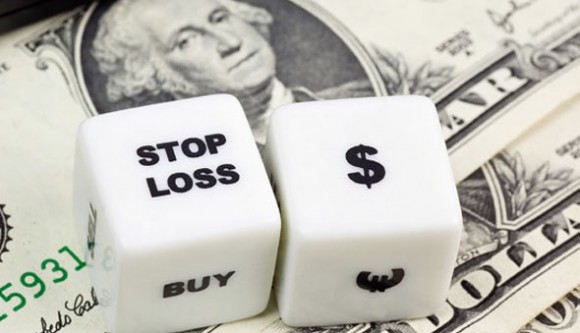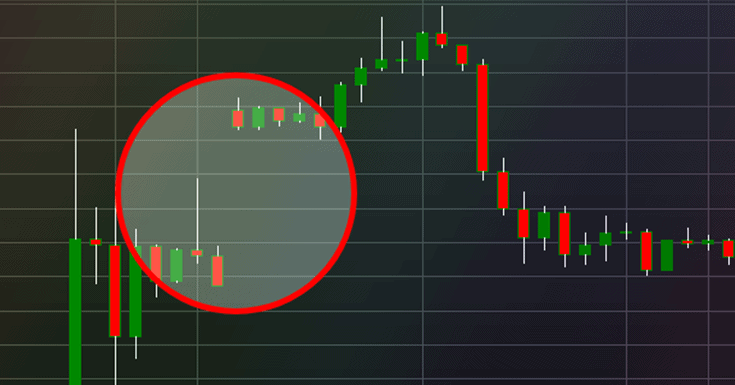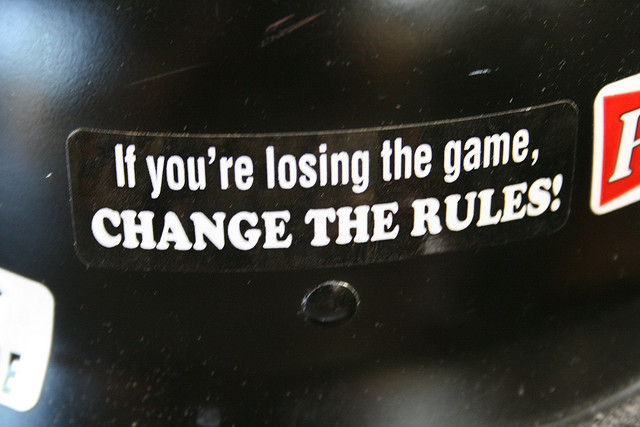Reblog: 12 Dumb Things New Traders Do

There are some common mistakes that the majority of traders make as they dive into trading before they have really studied what does and does not work. All new traders will find many of these things familiar. Some of us had to fight our natural impulses hard to overcome these bad habits.
A Dozen Dumb Things that New Traders Do
- Being a stubborn bear in a bull market. Continuing to sell short inside a strong uptrend not only causes the loss of money as a market makes higher highs but you miss out on the easy profits made buy simply holding positions or buying the dips.
- Being a stubborn bull in a bear market. Some markets are under distribution and keep making lower lows. If a market is not in an established uptrend or trading range then it can go lower if support does not hold. A stop loss gets you out of a downtrend.
- Risking your entire trading account on one trade. You should never risk your whole trading account and trading career on one trade. Safety comes in trading a small size so every trade is just one of the next one hundred trades not your whole future on the line. This is a poor choice financially and emotionally. It is also a sign of arrogance believing you can predict a non-existent future.
Continue Reading →








 I think we can all agree that habits are what determine our success or failure in any endeavor, trading included. So, how do we go about developing the type of habits that will lead us to profitable trading?
I think we can all agree that habits are what determine our success or failure in any endeavor, trading included. So, how do we go about developing the type of habits that will lead us to profitable trading?

